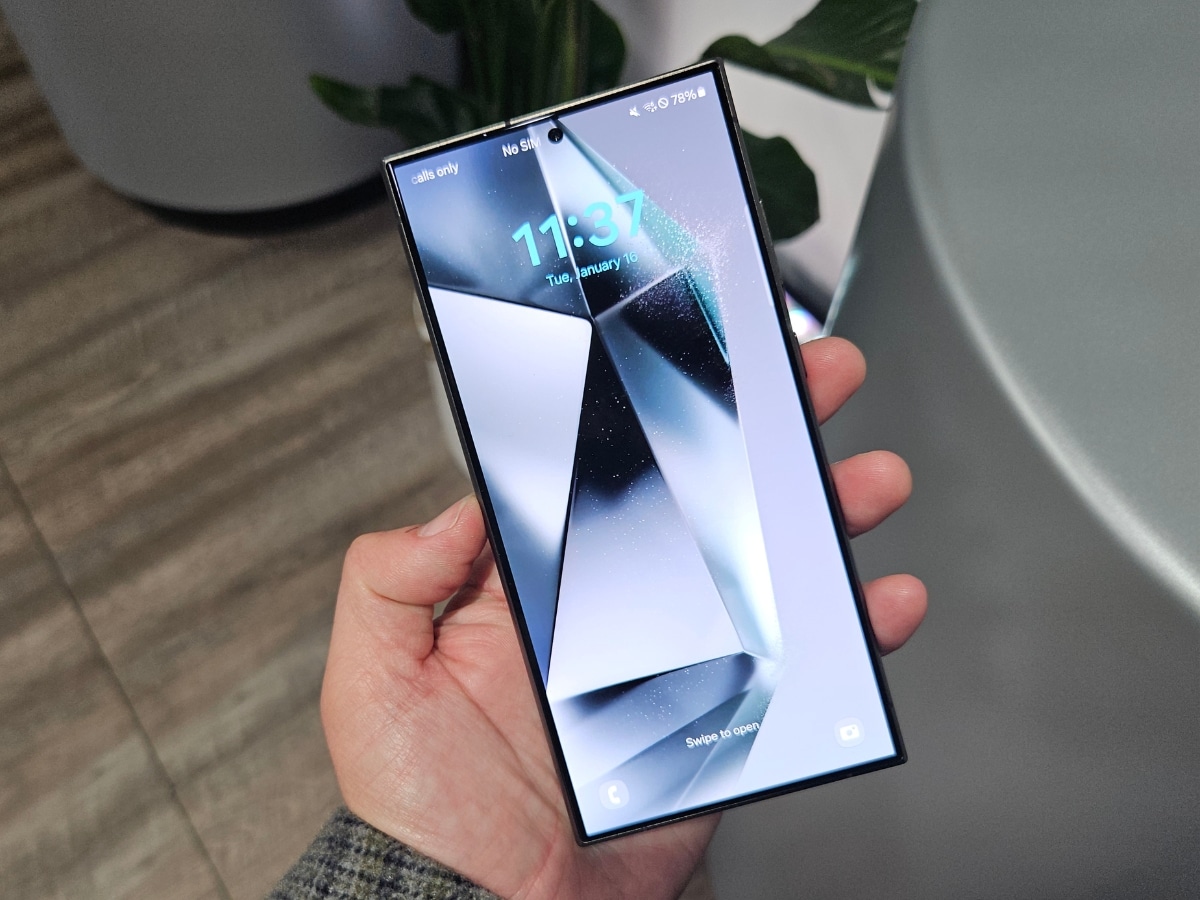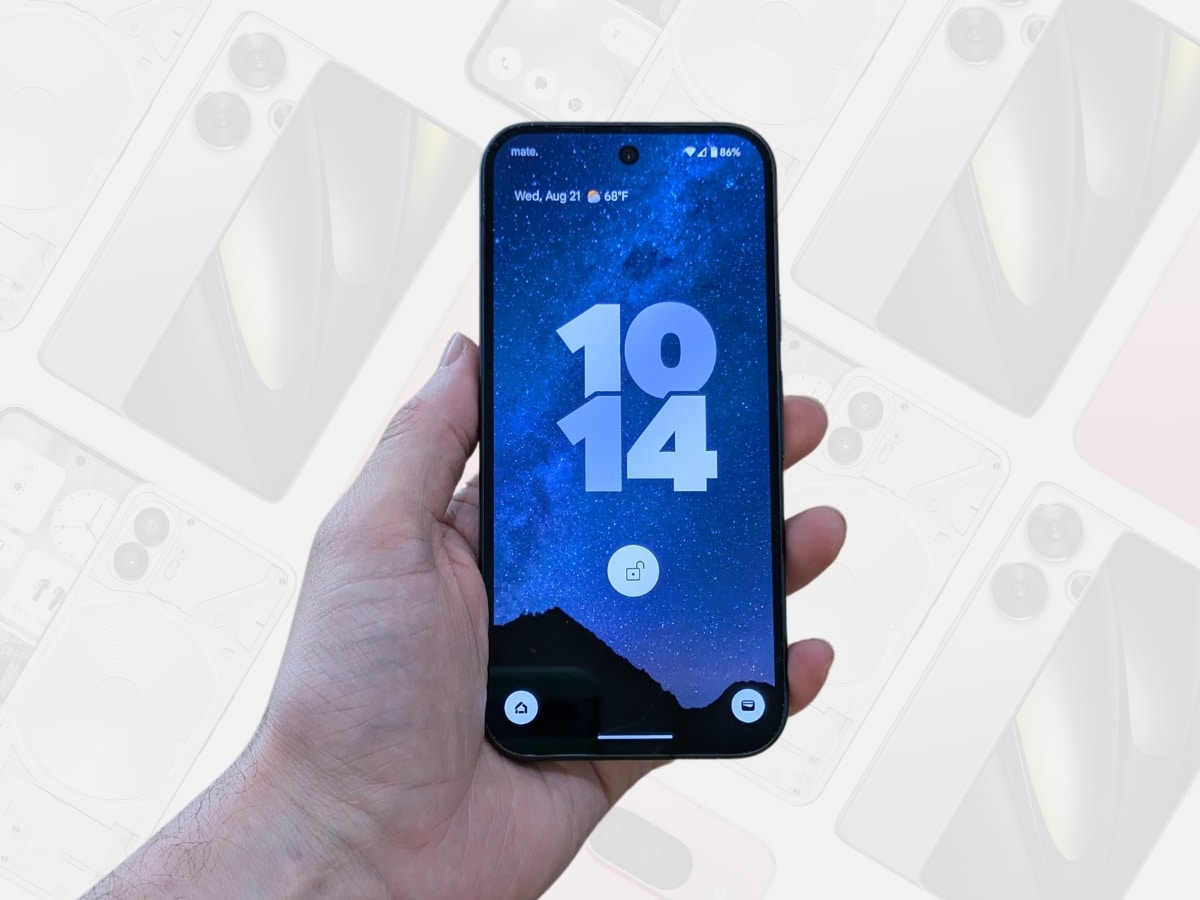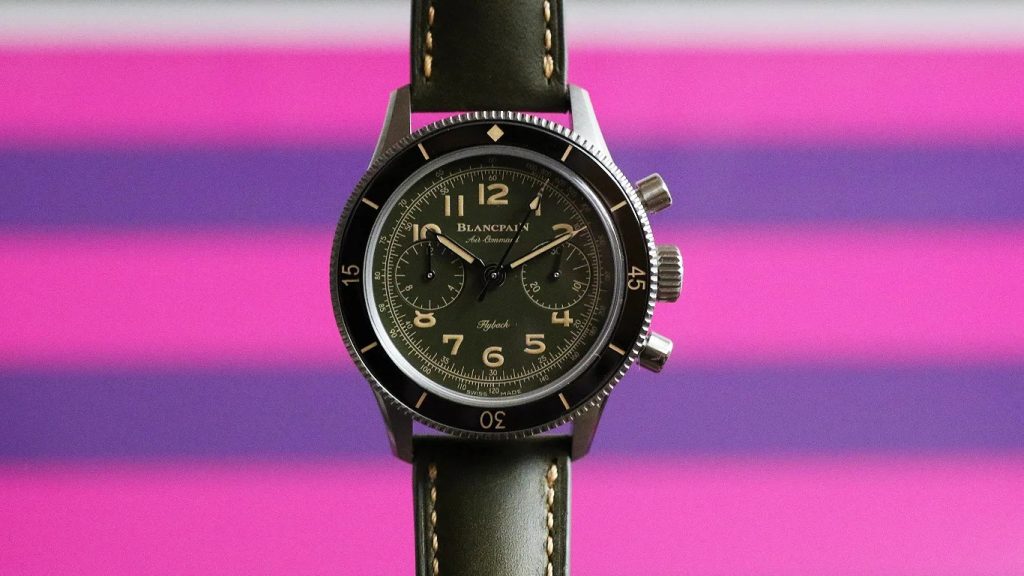Looking for a new phone, but want to avoid the cult of Apple? The good news is that there are a bunch of fantastic Android phones on the market today: the bad news is you probably don’t want to have to test them all out.
Fear not, we’ve done the hard work for you by testing and reviewing a bunch of the biggest releases of the year to make it easier for you to decide which phone you wanna upgrade to this year. There’s more to picking a new phone than just choosing an OS and grabbing the closest Android phone you can find, though: do you prioritise the camera? The battery life? The price? The colours?
We’ve added a helpful guide on some questions to ask ahead of buying a new phone to help steer you in the right direction, and it’s worth adding that we’ll update this story as new and impressive phones release, and we get some hands-on time with them.
For now, these are our favourite Android phones you can buy today.
What Android Phone to Get
The Best Pixel: Google Pixel 9
- Screen size: 6.3” Acuta display
- Battery: 4700mAh
- Processor: Tensor G4
- Memory: 12GB
- Storage: 128GB, 256GB
- Camera: 50MP wide angle, 48MP ultra-wide angle, 10.5MP selfie camera
- Price: From AU$1,349
Hands-down the best Android phone I’ve used, the Google’s base-model Pixel 9 is awesome. It delivers all the best parts of the modern Android ecosystem in a neat little package, with no bloatware, and with a relatively affordable price tag. For most users, this is the phone I’d personally recommend, though depending on how seriously you take content creation you might do better with the Pixel 9 Pro.
The Pixel 9 is more than capable of delivering whatever you need. With an absolutely stunning OLED ‘Actua’ display, and an impressive camera array that features a rear-facing 50 mega-pixel wide-angle lens and 48 mega-pixel ultra-wide angel lens, as well as a 10.5 mega-pixel front-facing lens, everything will look awesome on the Pixel 9.
Plus, you can always just use Google’s Gemini AI to make up your own photos, or add yourself into them, or take yourself out of them, or whatever else you want to do.
The improved Tensor G4 chip is included across all of the Pixel 9 lineup, so you’re getting top-tier performance in a cheaper handset. The G4 delivers on what you’d expect a next-gen Pixel device to do, with the 9 feeling incredibly snappy and powerful, while also delivering some solid gaming results.
In saying that, Google’s chips have had a history of getting pretty warm to the touch when pushed to the limit, but the Pixel 9’s G4 seems to be an improvement over previous generations.
Related: Want to know more? Check out our review of the Google Pixel 9

The Best Samsung: Galaxy S24 Ultra
- Screen size: 6.8” Dynamic AMOLED
- Battery: 5,000mAh
- Processor: Snapdragon 8 Gen 3
- Memory: 12GB
- Storage: 256GB, 512GB, 1TB
- Camera: 200MP wide angle, 12MP ultra-wide angle, additional 50MP and 10MP lenses, 12MP selfie camera
- Price: From AU$2,199
In our review, we said the Galaxy S24 Ultra was a “bold challenge to other smartphone brands to up their game”, and after months with the device, as well as having played with a few of its competitors, we’d say that challenge still stands.
The Galaxy S24 Ultra is a fantastic phone, bringing the premium design Samsung is known for to a new level, while also delivering on its own vision for what AI on a phone should look like.
Even if you don’t plan on using those AI features, the phone itself is top-notch, featuring a 6.8” 1440p display, and an industry-leading 200MP wide-angle camera, a 12MP ultra-wide lens, as well as additional 50MP, 10MP, and 12MP cameras. Yeah, five cameras.
It is expensive, though. Buying directly from Samsung will set you back about AU$2,199, which is about equal to the comparably powerful Pixel 9 Pro XL, though you can likely find some better deals at retailers like JB Hi-Fi. You’ll pretty much get best of the best, but you’re definitely paying for it.
Related: Want to know more? Check out our review of the Samsung Galaxy S24 Ultra

The Best Alternative: Nothing Phone (2)
- Screen size: 6.7” OLED
- Battery: 4,700mAh
- Processor: Snapdragon 8+ Gen 1
- Memory: 8GB, 12GB
- Storage: 128GB, 256GB, 512GB
- Camera: 50MP wide angle, 50MP ultra-wide angle, 32MP selfie camera
- Price: From AU$1,149
Yes, the infamous glyph phone. Nothing are on a mission to make tech fun and new again, and their flagship phone, the Nothing Phone (2), is a great step in that direction. It uses ‘Nothing OS’, built on top of Android, which focuses far more on utility and widgets than other OS.
But hows the phone itself? Well, considering this is only Nothing’s second go at delivering a high-quality phone, it’s a rousing success. The phone is beautiful, functional, fun to use, and is a nice step away from what we’re used to in flagship phones. Where other brands are sealing everything up in titanium, Nothing is letting the phones internals shine (literally), and making glow in the dark variants to serve as a conversation starter.
Plus, despite being more affordable than the competition, the Nothing Phone (2) has an incredible selfie camera, as well as a massive 50MP ultra-wide angle lens, meaning you can take some seriously impressive photography. Add into that the fact that Nothing’s ecosystem is only growing, and you could pick up a matching smartwatch or a set of earbuds and call it a day.

The Best on a Budget: POCO F6
- Screen size: 6.6” AMOLED
- Battery: 5,000mAh
- Processor: Snapdragon 8s Gen 3
- Memory: 8GB, 12GB
- Storage: 256GB, 512GB
- Camera: 50MP wide angle, 8MP ultra-wide angle, 20MP selfie camera
- Price: From AU$600
If you’re a fan if Xiaomi’s HyperOS fork of Android, the POCO F6 is the brand’s best phone to date. Delivering some very impressive performance, as well as many of the bells-and-whistles you’d expect from a flagship phone, but for a fraction of the cost: at only $600, the F6 is half the price of something from Google or Samsung.
What do you get for that price? Well, the POCO features a 120Hz AMOLED display, powered by a Snapdragon 8s Gen 3 processor, which will keep everything you do nice and snappy. It also has a 50MP camera and an 8MP ultra-wide lens on the back, as well as a 20MP front-facing camera, all powered by an impressive 5,000mAh battery. Again, flagship specs for half the price.
That all sounds awesome! What’s the catch? I’ve been testing the phone for the past few months, and I just cannot get my head around Xiaomi’s HyperOS. It’s got pretty much everything I’m used to in an Android phone but just in a different place, and it feels like I’m constantly fighting the OS. If you’re already used to HyperOS, this won’t be a problem, but for people like me that are coming from a Pixel or Samsung phone, it’ll be like relearning the operating system all over again.
Plus, there is a ton of bloatware pre-downloaded on the phone, which will spam notifications at you at a surprising clip. Most of the notifications I got as I’ve tested the phone have been from the Bookings.com app, which constantly reminds me that they’ve got great deals. If you like deleting stuff off a brand new phone, you’ll have a field day.
Related: Looking for a different cheap phone? We’ve got you covered
Four Questions to Ask Before Picking up a New Phone
Now that all the options are on the table, let’s think about what which one you actually need.
Do you want something high-powered that can play the latest games, access the newest developments and essentially function as a hand-held computer? You’re probably going to prefer something like the Google Pixel 9 Pro.
Or, do you need something small and lightweight that won’t break the bank, largely just for the communication? You’ll probably do just fine with a Pixel 8a, or a CMF Phone 1.
Getting to the bottom of what you actually intend for your purchase is an important step in making sure you don’t pick up the wrong phone and end up disappointed. In our opinion, there are four thing you really need to think through ahead of any major tech purchase.
- What’s the use case? Picking something up that you’re expecting to only use a few times a day to send messages or answer phones calls is a totally different use case to someone planning on planning, shooting, and editing social content all on a mobile device.
- How much are you willing to spend? Ranging from around AU$600 to over AU$2,000, the phones recommended in this article can be as affordable as you need them to be. As will all things your budget will be the main dictator of what you’re able to get your hands on, but a solid phone is a strong investment: you literally carry it everywhere, so dropping a few thousand on ensuring you get your money’s worth might be worth it.
- How big are you willing to go? Smartphones are getting bigger, despite the fact that our hands aren’t. You have a bit of choice in how big a device you get. Typically, the bigger the screen, the more expensive and powerful the device is.
- Do you need to upgrade yet? Honestly, planned obsolesce aside, any flagship phone from the past few years is still likely to run smooth, and be powerful enough to handle day-to-day operation. If your phone is starting to run slow, consider a battery replacement rather than picking up an entirely new phone. There’s enough tech waste in the world already, don’t unnecessarily add to it because something new and shiny caught your eye.
With those questions answered, you’ll be in a far better place to know what you actually need from your phone and, hopefully, these recommendations can be a bit more impactful.



